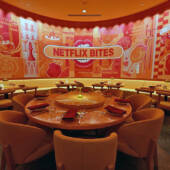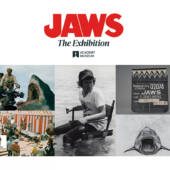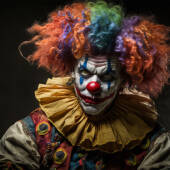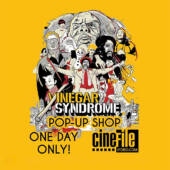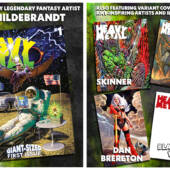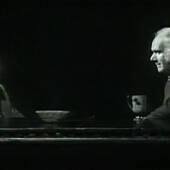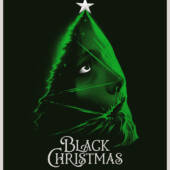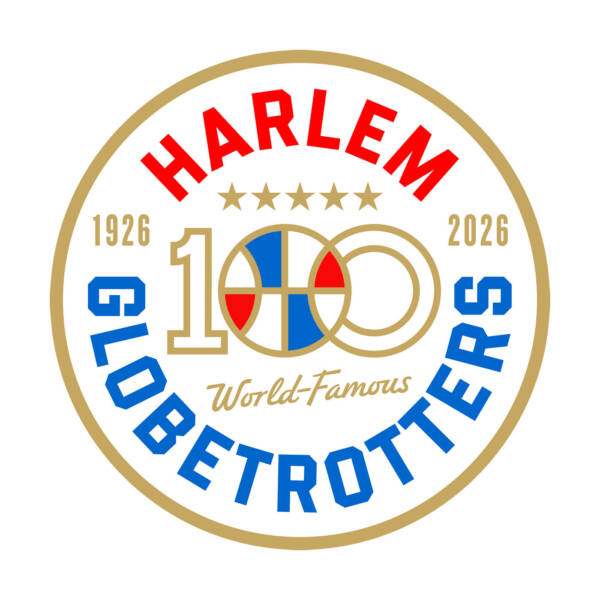The Harlem Globetrotters Play Their First Game in Hinckley, Illinois
First Appearances, Inaugurals, Milestones | Jan 7, 1926
The Harlem Globetrotters exhibition basketball team played their first game on January 7, 1926. The matchup took place in Hinckley, Illinois, and the team was originally known as the Savoy Big Five, named after Chicago’s Savoy Ballroom. They quickly became one of the premier attractions of the Savoy, playing exhibition games prior to dances in order to prop up the ballroom’s falling attendance numbers.
In 1928 the team became known as the “New York” and soon after “Harlem” Globetrotters as a means of associating themselves with Harlem as a center of African-American culture at the time.
In 1952, the Globetrotters asked Louis “Red” Klotz to create a team to accompany them on their tours. The resulting group, called the Washington Generals, became the Globetrotters’ primary opponents. The Generals are effectively stooges for the Globetrotters, with the Globetrotters handily defeating them in thousands of exhibition games.
In 1959, the Globetrotters played a series of nine games in Moscow, Russia after then owner Abe Saperstein received an invitation from the director of Lenin Central Stadium. The team, including then member Wilt Chamberlain, was welcomed enthusiastically by spectators, and met Premier Nikita Khrushchev. The players also received the Athletic Order of Lenin medal during their stay in Russia.
On May 20, 2025, The Harlem Globetrotters began preparing to celebrate the team’s 100 anniversary in 2026, with a redesigned logo by design firm Matt Lehman Studio. The logo displays the organization’s signature red, white and blue color scheme, with five stars, symbolizing the original five members of the Globetrotters. They were Walter ‘Toots’ Wright, Byron ‘Fat’ Long, Willis ‘Kid’ Oliver, Andy Washington, and Al ‘Runt’ Pullins. The dates for when the team was founded in Illinois in 1926 and next year’s official anniversary, 2026, are also on display. The organization’s iconic red, white and blue ball sits in the middle of the logo, serving as a link to past, present and future. The block letters used throughout the logo, which has a 3D component, symbolize the lettering from some of the organization’s early game programs, which continue to be high quality memorabilia for fans.

